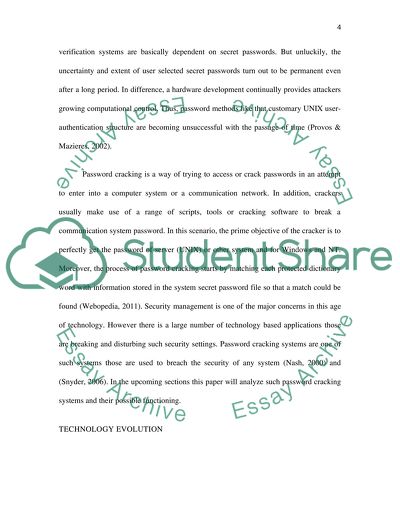Cite this document
(“Password Cracking Systems Research Paper Example | Topics and Well Written Essays - 5000 words”, n.d.)
Retrieved from https://studentshare.org/information-technology/1409975-password-cracking-systems
Retrieved from https://studentshare.org/information-technology/1409975-password-cracking-systems
(Password Cracking Systems Research Paper Example | Topics and Well Written Essays - 5000 Words)
https://studentshare.org/information-technology/1409975-password-cracking-systems.
https://studentshare.org/information-technology/1409975-password-cracking-systems.
“Password Cracking Systems Research Paper Example | Topics and Well Written Essays - 5000 Words”, n.d. https://studentshare.org/information-technology/1409975-password-cracking-systems.


